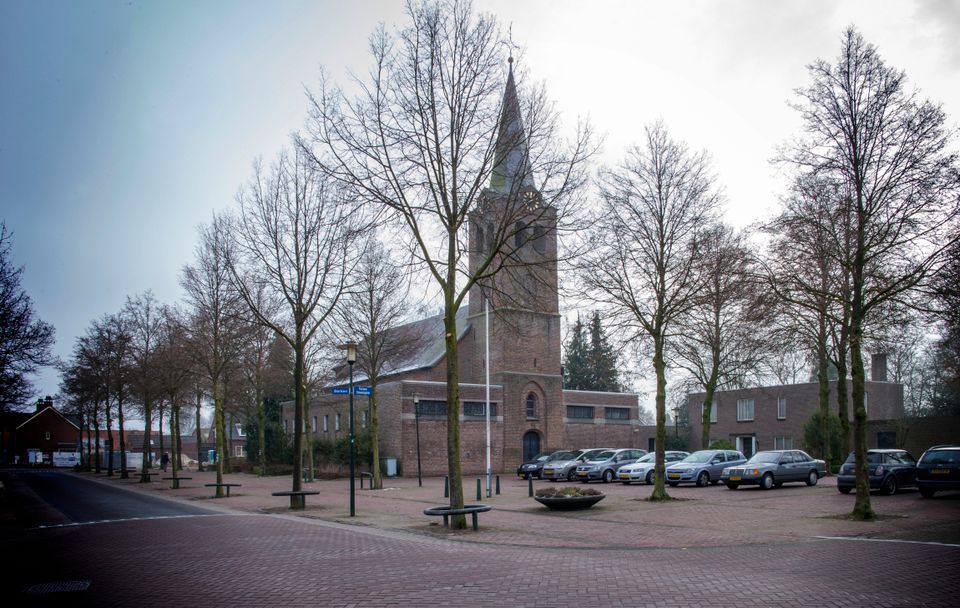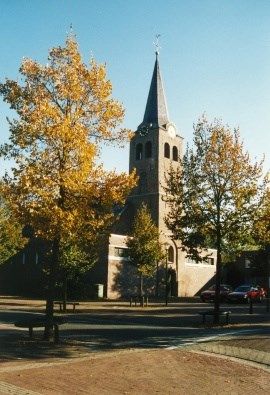Kerk Sint Willibrordus | Milheeze
Contact
Kerkeind 37
5763 AS Milheeze Plan your route to Kerk Sint Willibrordus | Milheeze
The St. Willibrordus Church of Milheeze.
Milheeze in the Middle Ages was a seigniory, large farm(s) with associated outbuildings and extensive lands. A seigniory had owners and the first recorded owner was the Lord of Deurne who received Milheeze from the Duke of Brabant in 1443. Now a chapel had already been built there in 1425 for St. Antonius Abbot by the Lord of Helmond, and the name Milheeze also occurred (albeit spelled differently), so the seigniory is older than the first property registration. The historical location of the seignory was between the chapel and Schutsboom (the former hamlet and present-day street).
The chapel suffered major damage around 1…
The St. Willibrordus Church of Milheeze.
Milheeze in the Middle Ages was a seigniory, large farm(s) with associated outbuildings and extensive lands. A seigniory had owners and the first recorded owner was the Lord of Deurne who received Milheeze from the Duke of Brabant in 1443. Now a chapel had already been built there in 1425 for St. Antonius Abbot by the Lord of Helmond, and the name Milheeze also occurred (albeit spelled differently), so the seigniory is older than the first property registration. The historical location of the seignory was between the chapel and Schutsboom (the former hamlet and present-day street).
The chapel suffered major damage around 1800. So in 1844 the present church, a National Monument, was built on the remnants of the chapel, reusing part of the walls and the tower. Then Milheeze also became an independent parish. For this, the blacksmith Vlemmings traveled 24 times on foot to Den Bosch to plead with the bishop for an independent parish. The inhabitants of Bakel were not very happy about Milheeze becoming its own parish and the pastor called them to order, probably also citing blacksmith Vlemmings, arguing that Milheeze deserved its own church after all the work they had done for it.
However, the patron saint of the Millus church was changed at that time to St. Willibrordus; the 7th century bishop, patron saint of the Bakel church and owner of the then seignory of Bakel.
The present church was built as a waterfront church, just like the church in De Mortel, which was built in the same period. A water state church is a church built with the financial support of the Department of Public Works and under the technical control of its engineers. The dominant architectural style used for both church and non-church buildings at that time was Neoclassicism. This was an architecture that harked back to Greek and Roman temples. The interior of the church was renovated in 1963.



